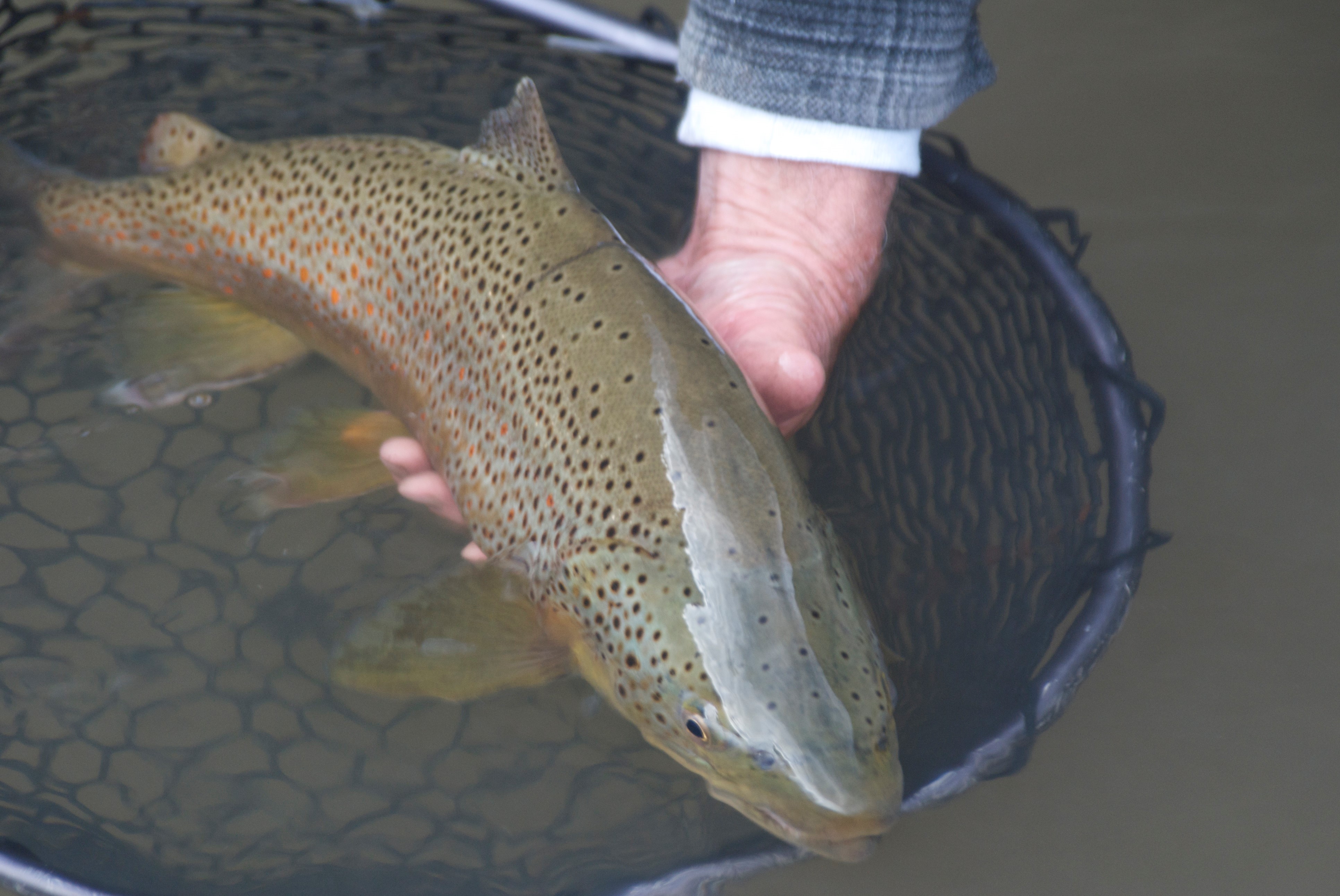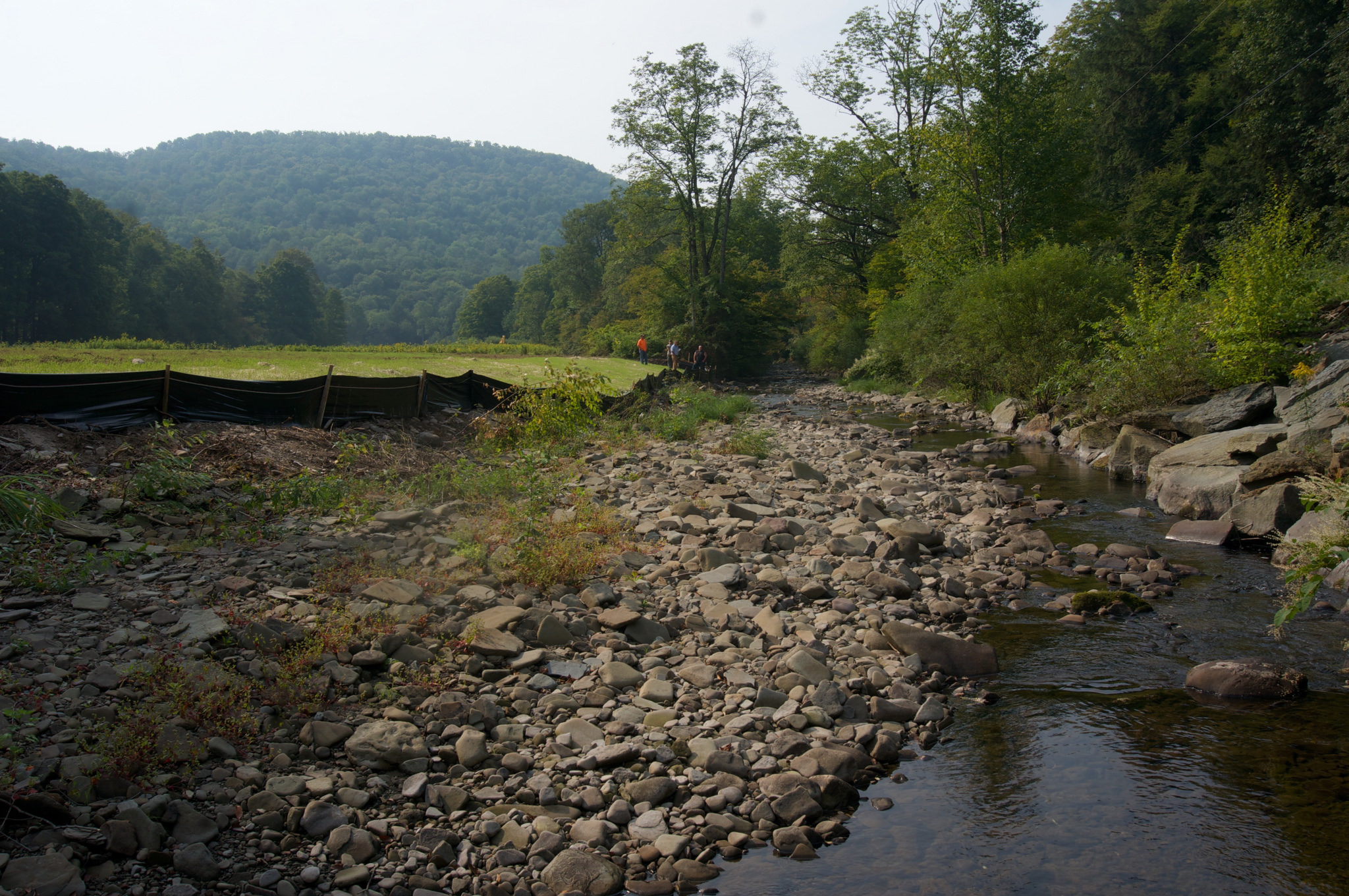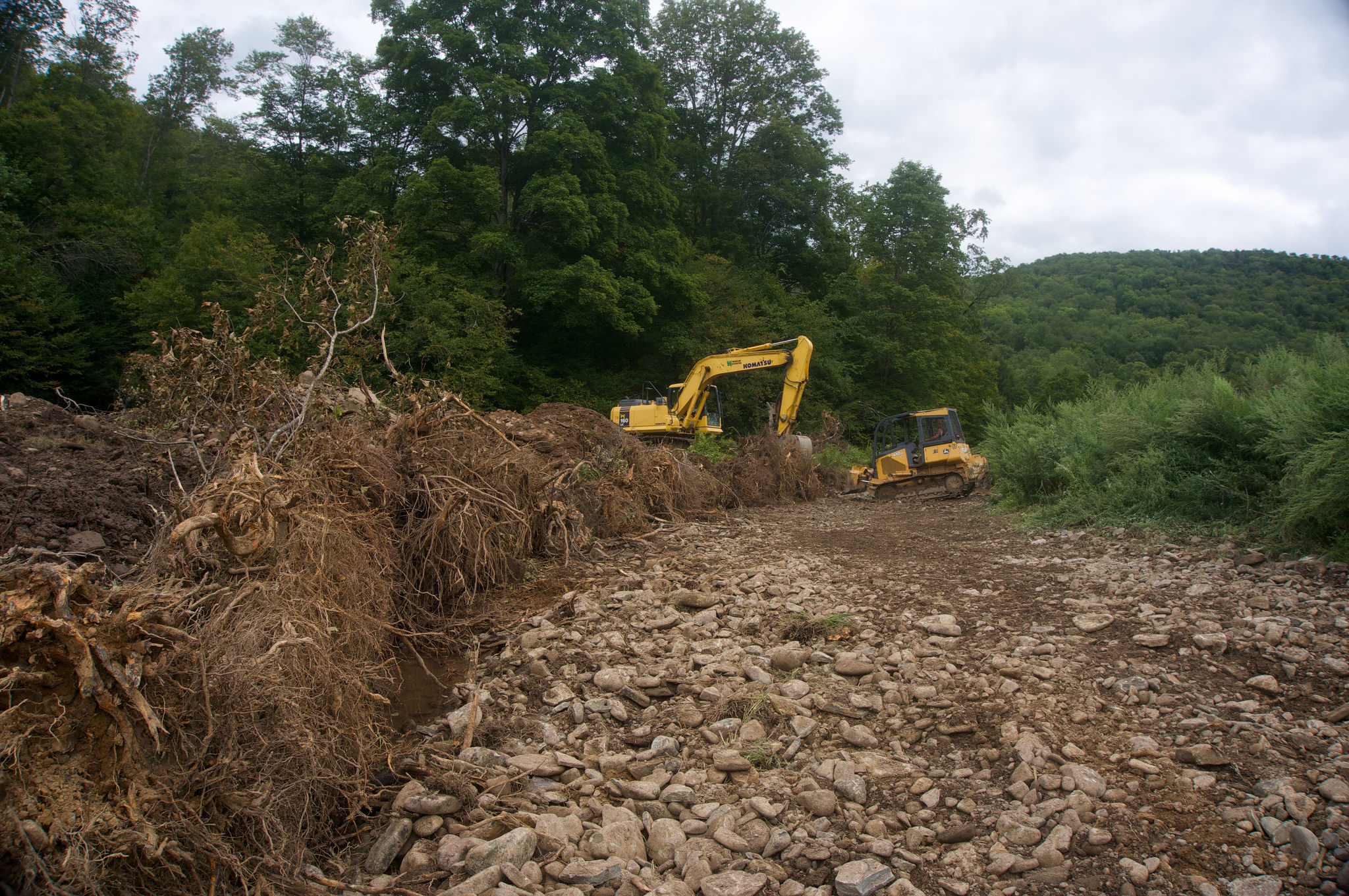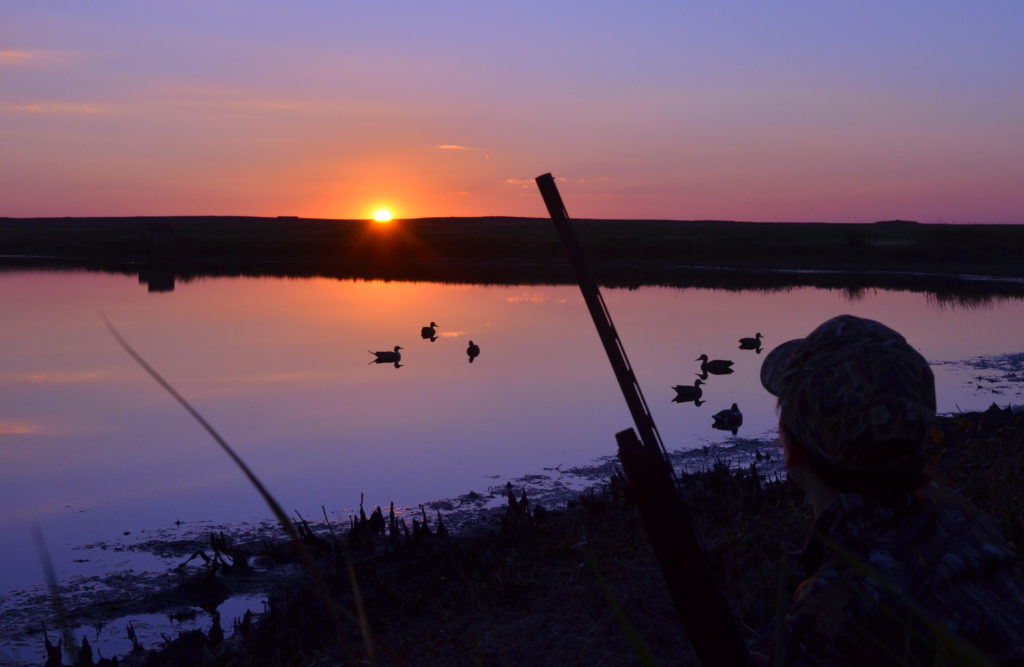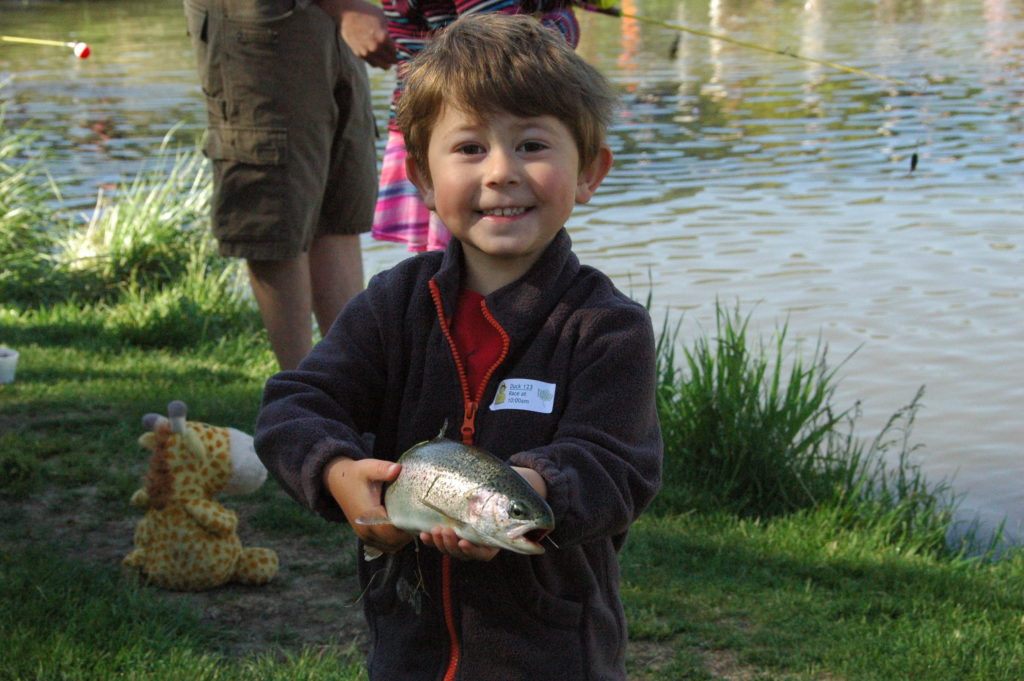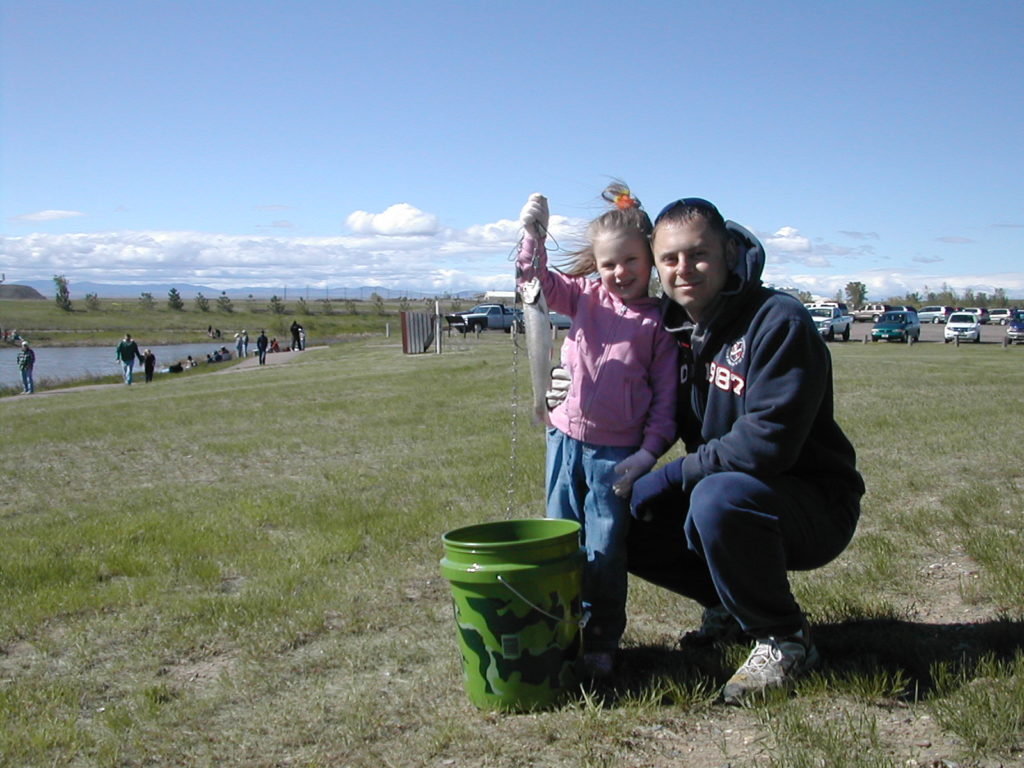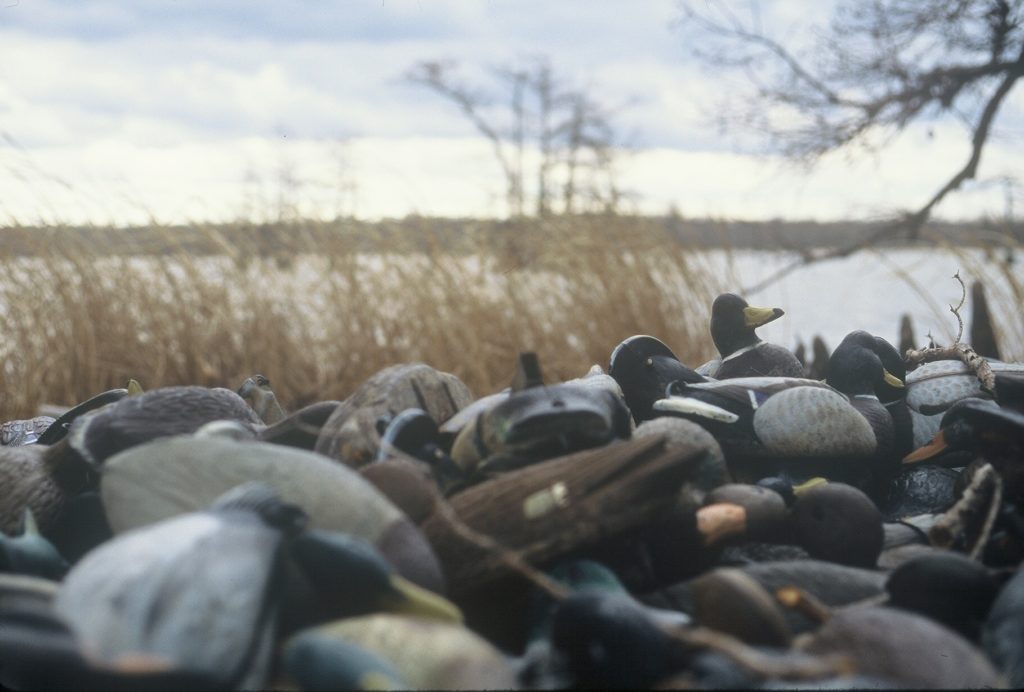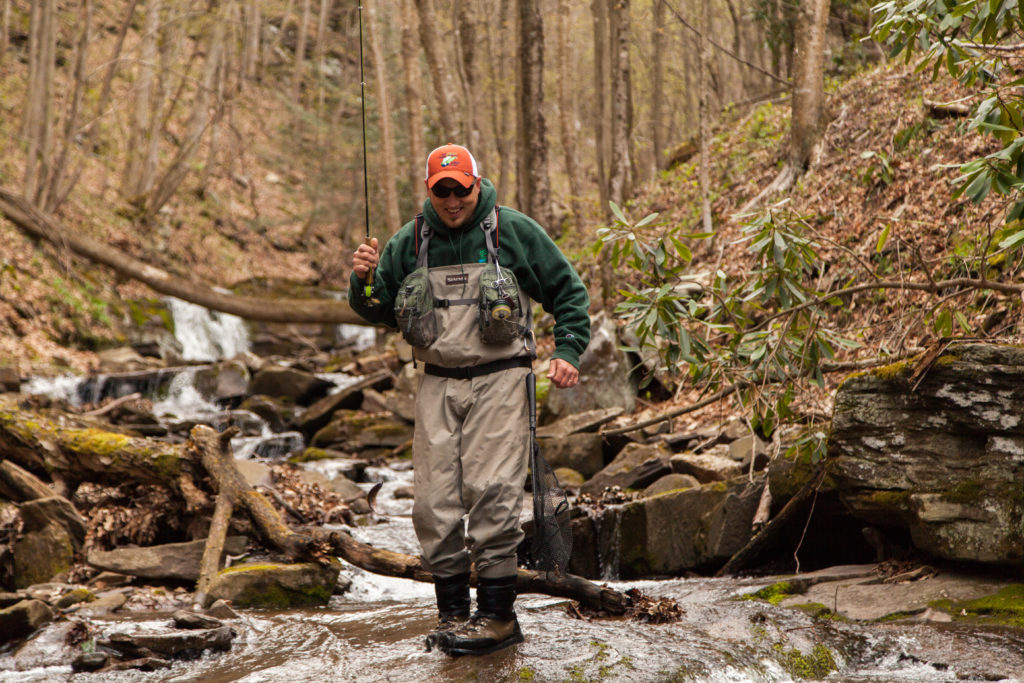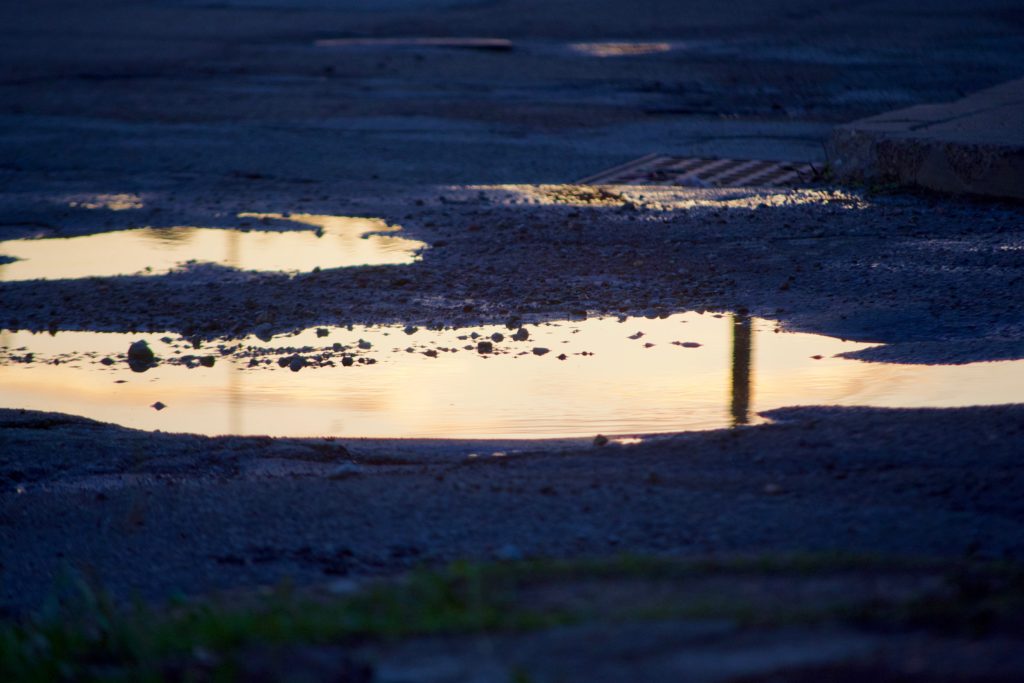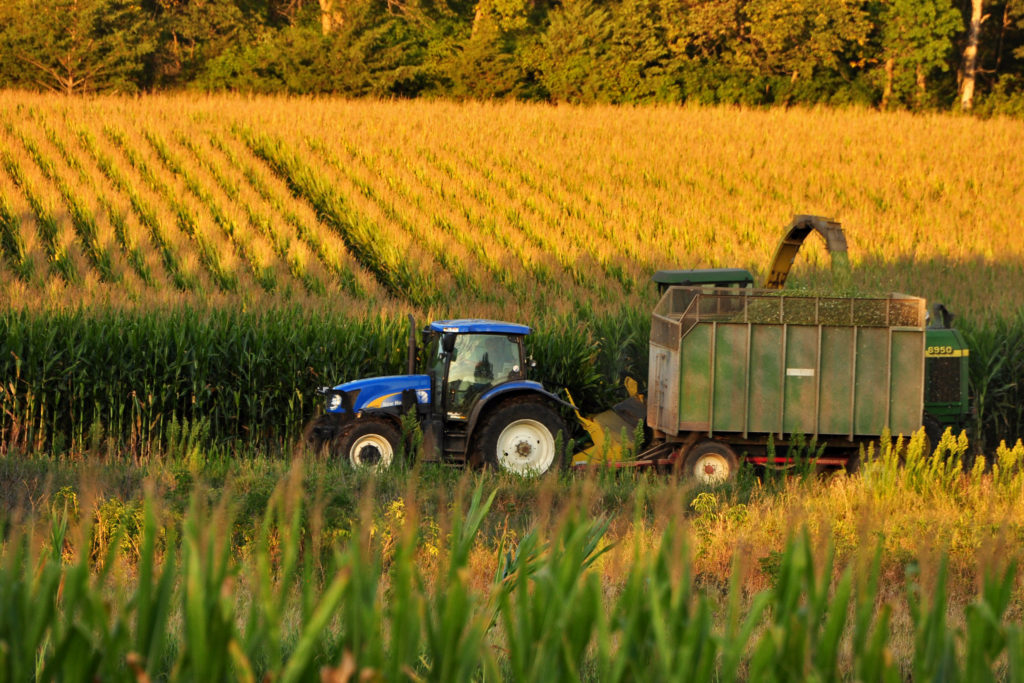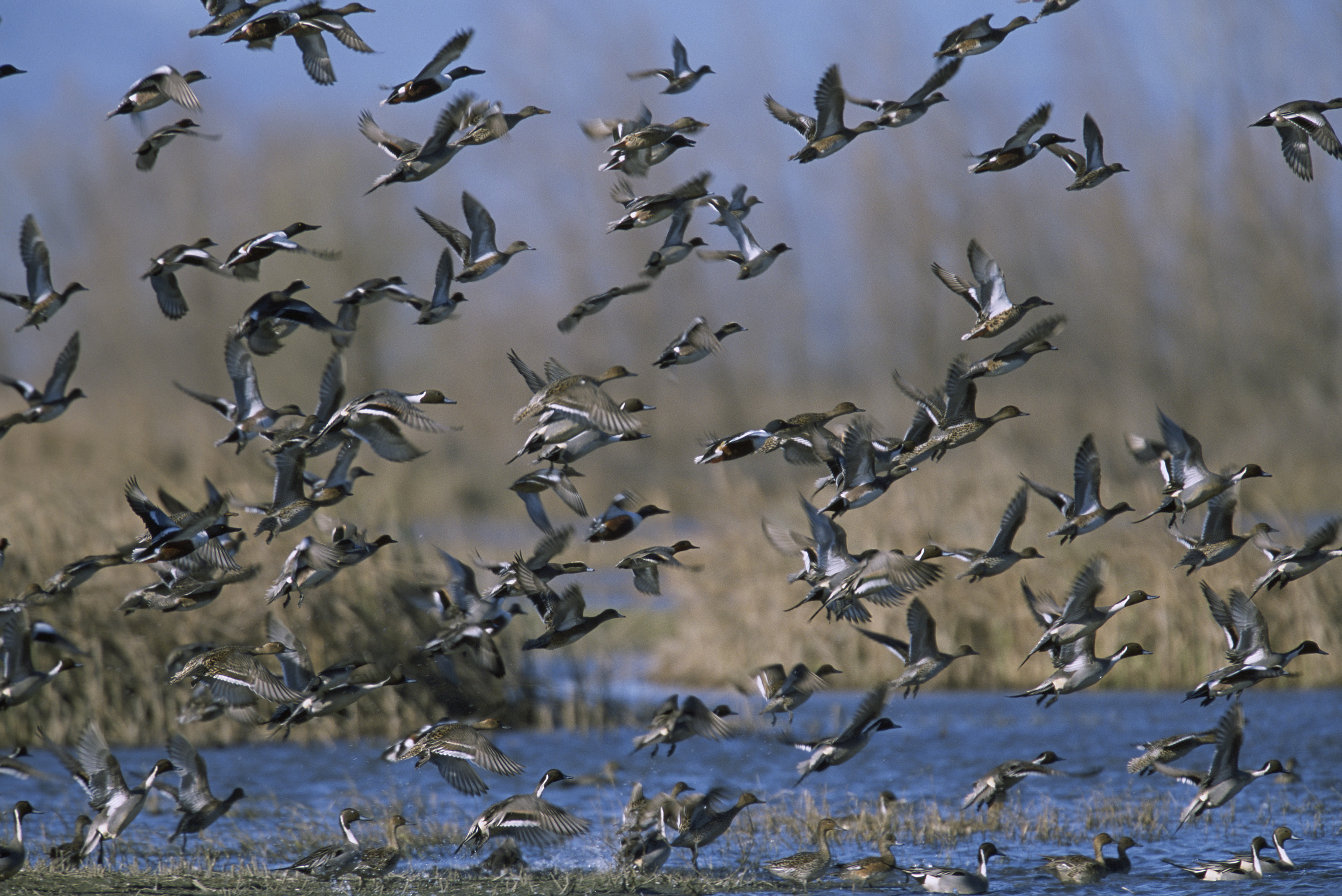TRCP’s summer intern finds a personal connection to the issue of active forest management and its many benefits for wildlife and fire prevention
In my summer internship with the Theodore Roosevelt Conservation Partnership, I’ve learned about Senate and House floor procedures, the budget and appropriations process, and sportsmen’s policies on a federal level. All of this was enlightening, but I was perhaps most surprised by what I found I already knew. The value of actively managing forests—to reduce the risk of wildfires, improve fish and wildlife habitat, and allow for responsible timber harvest that supports local jobs—is something I’ve personally witnessed on my family’s property in Maine.
It may seem like the responsibility of managing forests lies only with the U.S. Forest Service or the states. But there is also support on the federal and local level for private landowners to responsibly manage forested areas they own, too.
One of those private landowners is my grandmother. On vacations when I was young, I was fortunate enough to hike and explore the 21 acres of forested land she owns on a hillside with a view of New Hampshire’s White Mountains. Over time, the taxes on the land increased, and my grandmother found some relief by enrolling the land in a state program that had financial benefits for her and habitat benefits for the forest.
How Active Management Works
Proper forest management actually makes forests more productive for landowners and wildlife, which is why the TRCP advocates for active forest management on both public and private lands. For example, when an older tree is cut, the forest canopy opens up allowing light to penetrate to the lower levels of the forest, in turn, supporting new growth. With her land classified as a managed woodlot, my grandmother can still choose to selectively harvest timber, which helps put money in her pocket, employ local timber crews, and open up the forest canopy so that younger trees can grow.
This increased the diversity of wildlife we were seeing as birdwatchers and hunters, in fact there was a major bump in the number of turkeys and whitetail deer on the property after just a few years.
There’s also the benefit of prevention: Without active management, forests will see fewer young trees and more overcrowding of old growth and excess leaf debris, which makes the forest vulnerable to wildfires.
Active Management Programs to Know
The U.S. Department of Agriculture’s Forest Service offers a Forest Stewardship Program that is available in all 50 states as part of a partnership with state forestry agencies. It pushes for long-term stewardship of state as well as private forested lands. There is also a Forestry Incentives Program (FIP), which provides forest owners with financial assistance for managing their forests. In Maine, which has a Tree Growth Tax Law, we found the Department of Revenue was able to help identify options for my grandmother to enroll her forest in a program that had benefits all around.
If I learned anything this summer, it’s that conservation takes many forms, and the complex policies that govern how we take care of forests, prairies, wetlands, sagebrush, or any other landscape, are worth trying to understand and support. I’m heading into my professional career with a new appreciation for the privileges I’ve had to enjoy and actively engage in the conservation of our family’s forest land.

